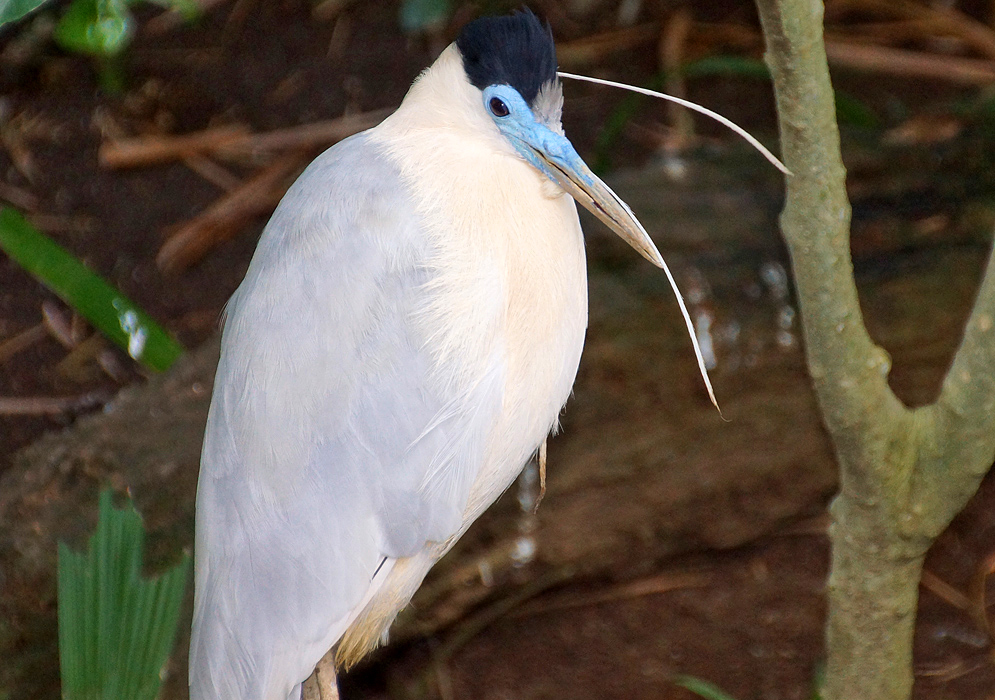This post has 11 Simple Fields-fields attached. Show fields.

The Capped Heron, presents a unique appearance among herons, with a distinctive blue beak and face, a black crown, and predominantly white plumage accented by yellowish-white or light-cream feathers on its belly, chest, and neck. Its wings and back are also covered in white feathers, and it sports three to four long white feathers extending from its black crown. There is no noticeable sexual dimorphism in this species in terms of color or brightness. The Capped Heron predominantly resides in swamps and ditches within wet grasslands or rainforests, occasionally venturing into deeper ponds and rivers. They exhibit a preference for foraging on shores or in floating vegetation. Interestingly, they have also been observed in trenches of coffee plantations and flooded rice fields, indicating some adaptability to altered landscapes. The species is typically found at altitudes ranging from sea level to about 1,312 feet.
The Capped Heron is strongly territorial, often seen at the same foraging site for extended periods. They exhibit aggressive territorial behavior, such as chasing away other herons from their foraging areas. Their diet mainly consists of fish, aquatic insects and larvae, tadpoles, and frogs, with fish being the predominant prey, usually measuring between 0.39 to 1.97 inches in length. These herons are known for their specific hunting technique: they stand erect while searching for prey, then slowly crouch and extend their neck before rapidly striking the water with their beak to capture their prey. They have a 23% success rate in hunting and are observed to frequently move between feeding sites, sometimes covering distances up to about 328 feet. While they are generally crepuscular, they have also been observed foraging during daylight, unlike night-herons, and usually hunt alone. The Capped Heron is considered widespread but is uncommon in most of its range, which primarily includes the Orinoco and Amazonia regions, and is less common in the peripheral areas of the Guyanas, Brazil, Colombia, and Panama. Despite their widespread presence, they are not currently considered at risk, with a large global population that is likely not under significant threat.

